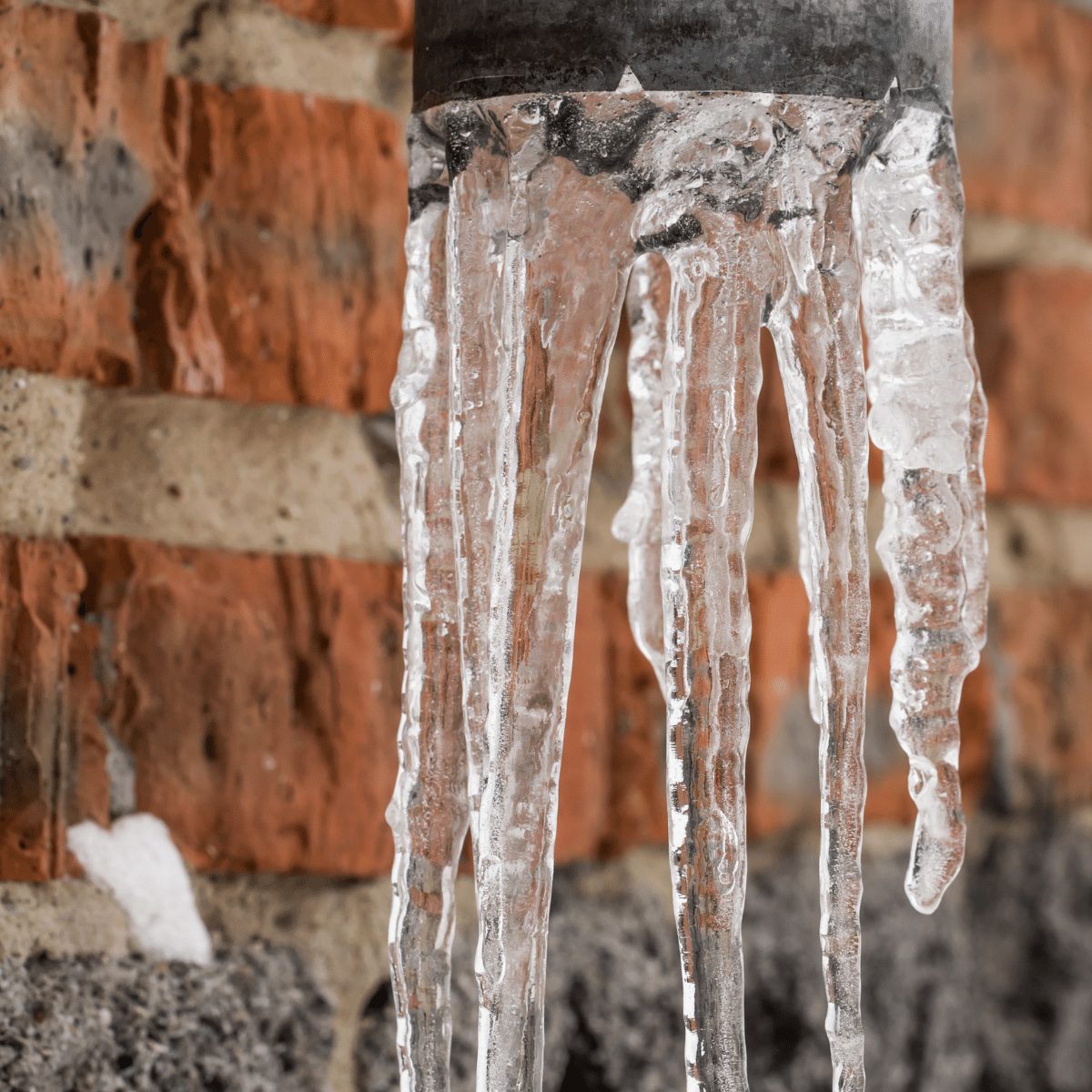Protecting Against Frozen Plumbing: Effective Strategies for Winter
Protecting Against Frozen Plumbing: Effective Strategies for Winter
Blog Article
Were you on the lookout for critical information about How To Avoid Freezing Pipes?

Winter can wreak havoc on your pipes, specifically by freezing pipes. Below's how to stop it from happening and what to do if it does.
Intro
As temperatures decline, the risk of frozen pipelines increases, potentially leading to expensive repair services and water damages. Recognizing just how to stop frozen pipes is important for property owners in cold climates.
Avoidance Tips
Protecting susceptible pipes
Cover pipes in insulation sleeves or use warmth tape to secure them from freezing temperatures. Concentrate on pipes in unheated or exterior locations of the home.
Heating strategies
Keep indoor spaces adequately heated up, especially locations with pipes. Open cabinet doors to allow cozy air to flow around pipelines under sinks.
Exactly how to identify icy pipelines
Search for decreased water circulation from taps, unusual smells or sounds from pipes, and noticeable frost on subjected pipes.
Long-Term Solutions
Architectural modifications
Consider rerouting pipelines away from outside walls or unheated locations. Add extra insulation to attic rooms, cellars, and crawl spaces.
Upgrading insulation
Buy top notch insulation for pipes, attic rooms, and wall surfaces. Appropriate insulation aids maintain regular temperatures and minimizes the threat of frozen pipes.
Shielding Outside Plumbing
Yard hose pipes and outdoor faucets
Separate and drain yard hose pipes before wintertime. Mount frost-proof faucets or cover exterior faucets with shielded caps.
Understanding Icy Pipelines
What causes pipelines to ice up?
Pipelines freeze when subjected to temperature levels below 32 ° F (0 ° C) for extended periods. As water inside the pipes ices up, it increases, taxing the pipeline wall surfaces and possibly causing them to burst.
Risks and damages
Icy pipelines can bring about water supply disruptions, residential property damages, and costly repair work. Ruptured pipelines can flood homes and trigger considerable architectural damages.
Indications of Frozen Pipes
Recognizing frozen pipelines early can avoid them from bursting.
What to Do If Your Pipelines Freeze
Immediate actions to take
If you believe frozen pipelines, keep taps available to relieve stress as the ice thaws. Utilize a hairdryer or towels taken in hot water to thaw pipelines gradually.
Conclusion
Protecting against frozen pipes calls for proactive procedures and fast responses. By comprehending the reasons, indicators, and preventive measures, house owners can secure their pipes during cold weather.
5 Ways to Prevent Frozen Pipes
Drain Outdoor Faucets and Disconnect Hoses
First, close the shut-off valve that controls the flow of water in the pipe to your outdoor faucet. Then, head outside to disconnect and drain your hose and open the outdoor faucet to allow the water to completely drain out of the line. Turn off the faucet when done. Finally, head back to the shut-off valve and drain the remaining water inside the pipe into a bucket or container. Additionally, if you have a home irrigation system, you should consider hiring an expert to clear the system of water each year.
Insulate Pipes
One of the best and most cost-effective methods for preventing frozen water pipes is to wrap your pipes with insulation. This is especially important for areas in your home that aren’t exposed to heat, such as an attic. We suggest using foam sleeves, which can typically be found at your local hardware store.
Keep Heat Running at 65
Your pipes are located inside your walls, and the temperature there is much colder than the rest of the house. To prevent your pipes from freezing, The Insurance Information Institute suggests that you keep your home heated to at least 65 degrees, even when traveling. You may want to invest in smart devices that can keep an eye on the temperature in your home while you’re away.
Leave Water Dripping
Moving water — even a small trickle — can prevent ice from forming inside your pipes. When freezing temps are imminent, start a drip of water from all faucets that serve exposed pipes. Leaving a few faucets running will also help relieve pressure inside the pipes and help prevent a rupture if the water inside freezes.
Open Cupboard Doors
Warm your kitchen and bathroom pipes by opening cupboards and vanities. You should also leave your interior doors ajar to help warm air circulate evenly throughout your home.

Do you enjoy more info about How to prepare your home plumbing for winter weather? Try to leave a short review below. We would be happy to know your thoughts about this piece. We are looking forward that you come back again later on. Don't hesitate to pause to promote this page if you enjoyed reading it. Thanks a lot for your time invested reading it.
View Website Report this page